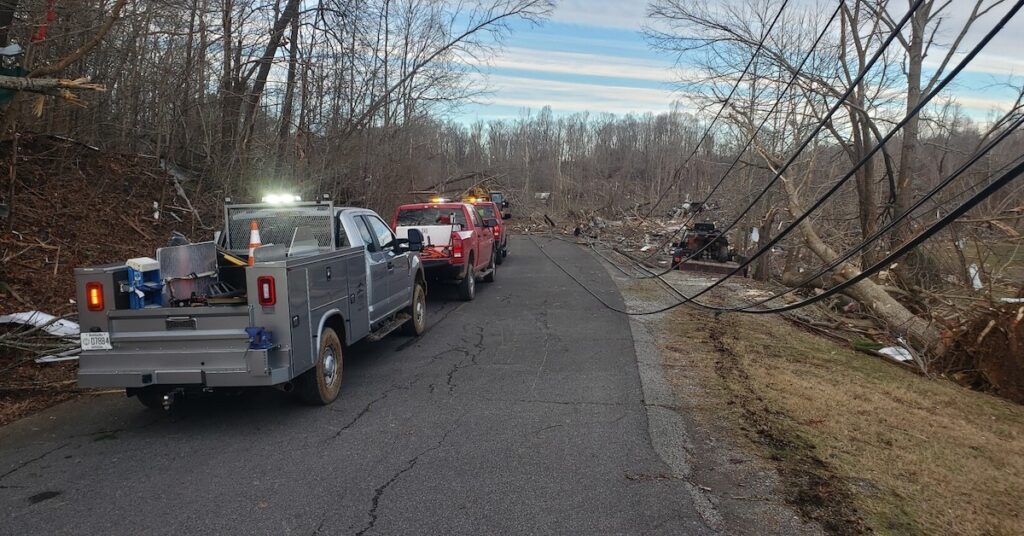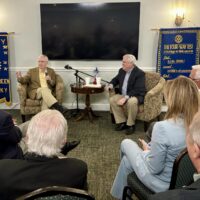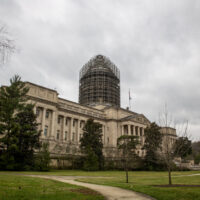Kentucky is set to receive about $74 million from the U.S. Department of Housing and Urban Development’s disaster recovery funds.

In a press conference on Tuesday, HUD Secretary Marcia Fudge announced that HUD’s remaining nearly $3 billion of disaster recovery funds will go to aid state and city governments in recovering from natural disasters and creating “long term inclusive resilience” to climate change. The $2.214 billion dollars will go to 10 local governments and 13 state governments for 16 major disasters in 2021. The department is also allocating more than $700 million to five previously announced 2020 Disaster Recovery grants.
“Communities have been waiting a long time and we are getting these funds out as quickly as we possibly can,” Fudge said. “I have personally visited many of the states and cities receiving funding and I know the need is great.”
Fudge said the funds will help communities have better resilience to long-term disasters and greater resources to “ensure equitable outcomes for underserved households” that are disproportionately affected by disasters.
“With these funds, we are sending a strong message that equity and forward-looking mitigation are priorities of HUD and this administration’s disaster recovery work,” Fudge said.
It could take a few months to up to a year before the state will see the money.
HUD Deputy Assistant Secretary for Grant Programs in the Office of Community Planning & Development Kevin Bush said before any government will have access to the fund they will have to create an action plan on how they want to use the funds and make it available for public comment for no less than 30 days. Once the plan is completed, the governments will send it to HUD and then both groups will have to reach a grant agreement to receive the money.
Included in the press conference was Louisiana Governor John Bel Edwards, New York City Mayor Eric Adams and Kentucky Governor Andy Beshear. Beshear announced that the money would go toward helping communities recovering from the disasters the state experienced in the last year, including the December tornado outbreak.
“We were honored to have the President and other parts of the administration come in to see Mayfield and Dawson Springs, which are among the towns that were hit in a way that certainly knocked us down but cannot and will not knock us out,” Beshear said. “We want to thank both the administration but also the rest of the country and the rest of the world for the outpouring of love. Whether it was in one of the most incredible toy drives we’ve seen or in the amount of help that’s come in, different funds or just the good people of Kentucky [and] in our surrounding states pulling up to a leveled home of a family they’ve never met, walking up to the door and saying, ‘How can I help?’ These additional funds are certainly going to help and we are grateful.”
In the press conference, Beshear said the state had just heard about the fund this morning. The funds from HUD can be used differently than funds from the Federal Emergency Management Agency, and Beshear said the goal was to better withstand the big disaster and rebuild faster. Fudge said the funds can be used for a variety of things such as housing, infrastructure, economic revitalization or workforce development.
“We’re going to use it to the highest and best use that can help rebuild our towns that have been impacted especially by tornadoes, but also flooding and ice storms,” Beshear said. “There are so many needs, whether it’s Bremen or Dawson [Springs] or Mayfield or Bowling Green, the neighborhoods that were hit there.”
Lily Burris is a features reporter for WKMS. She has a bachelor's degree in journalism from Western Kentucky University. She has written for the College Heights Herald at WKU, interned with Louisville Public Media, served as a tornado recovery reporter with WKMS and most recently worked as a journalist with the Kentucky Center for Investigative Reporting. In her free time, she enjoys reading, crocheting and baking.





